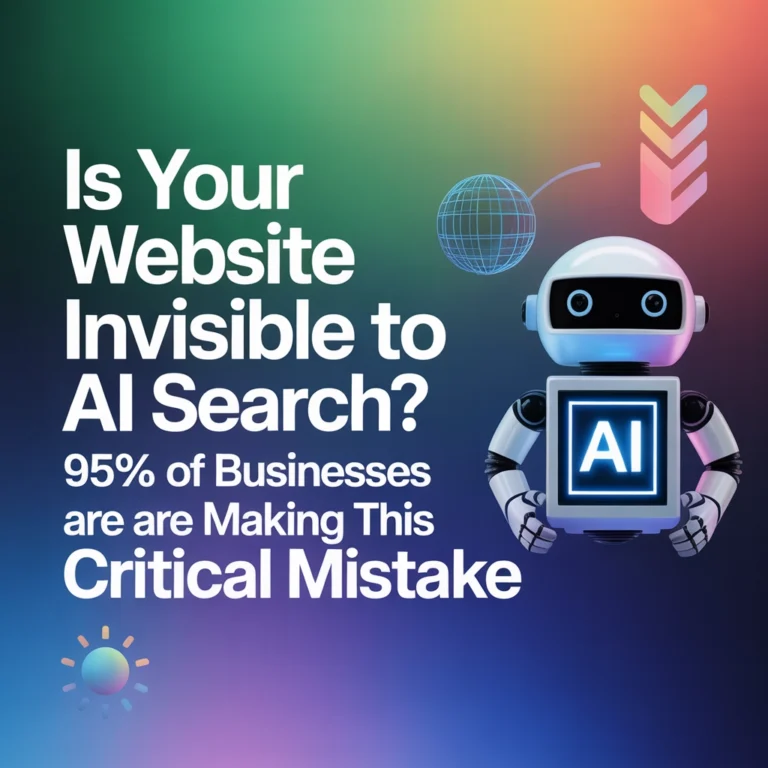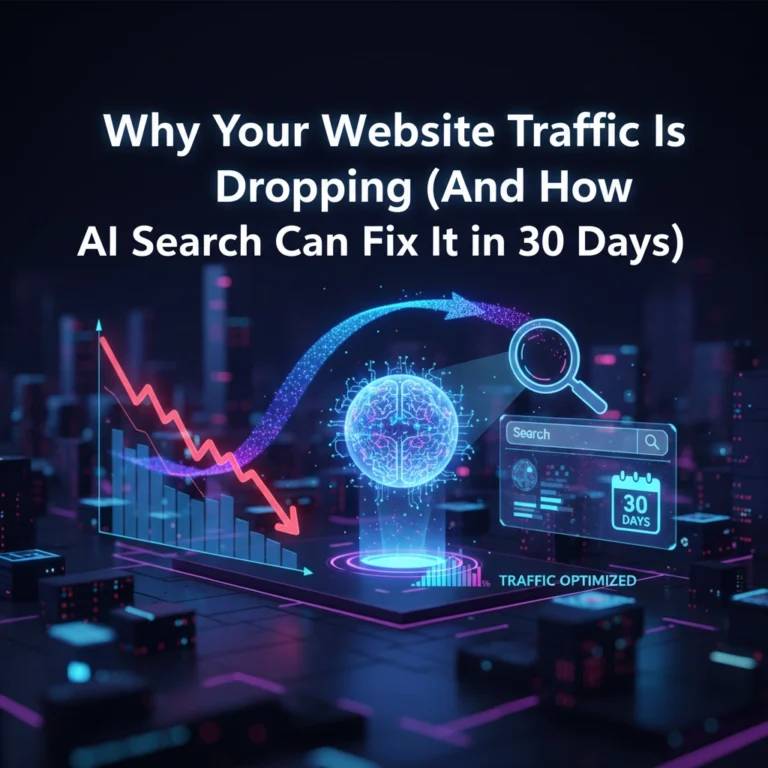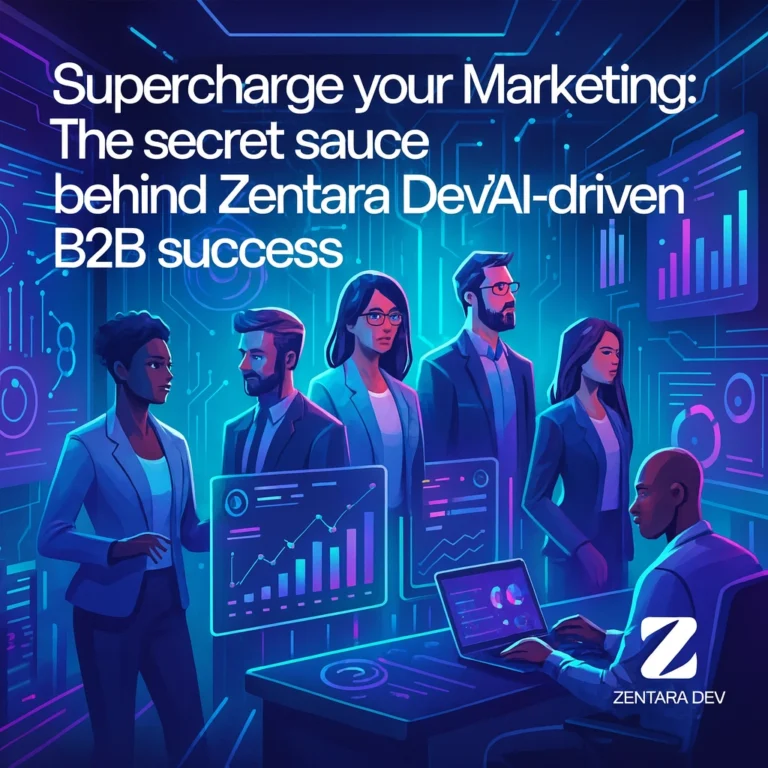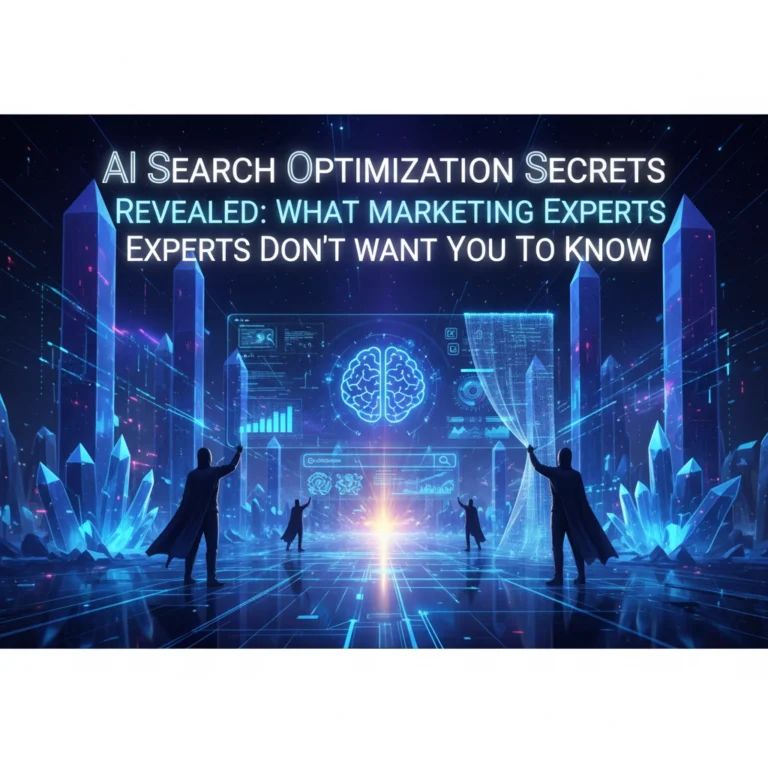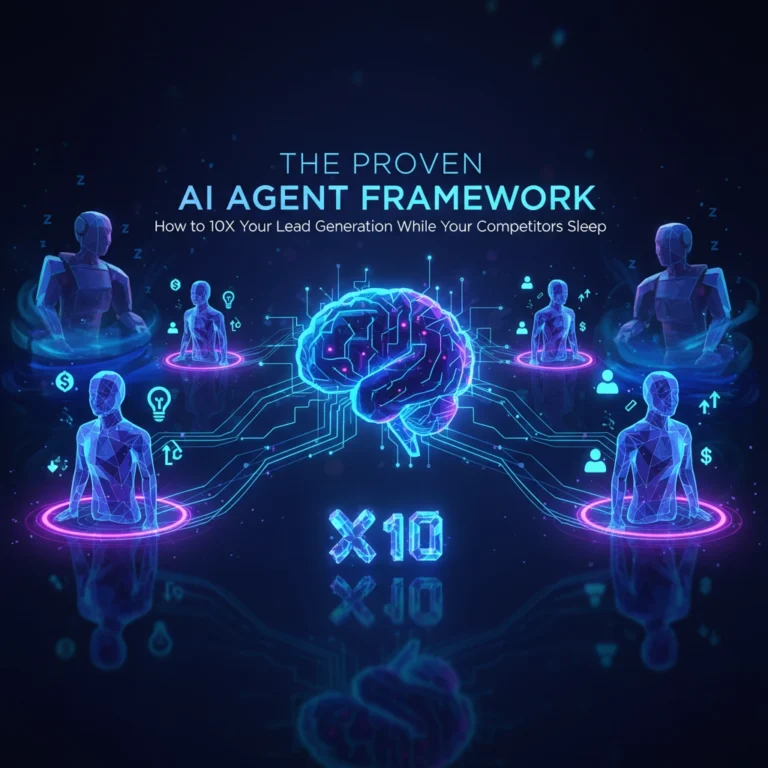How to Dominate AI Search Results in 5 Simple Steps (Before Your Competitors Catch On)
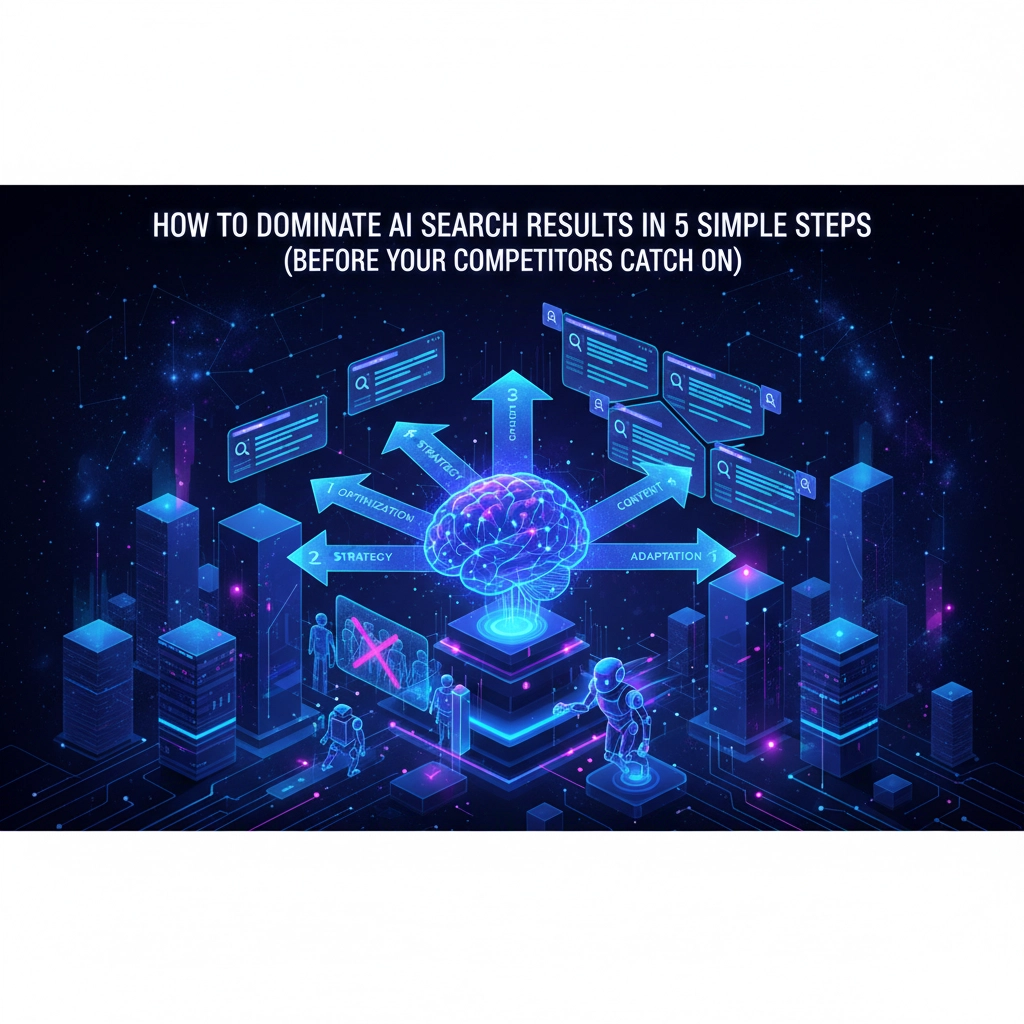
The search game has completely changed, and most businesses are still playing by the old rules. While your competitors are obsessing over traditional Google rankings, AI search platforms like ChatGPT, Perplexity, Claude, and Google's AI Overviews are quietly stealing over 50% of all search traffic.
Here's the kicker: most brands are completely invisible to these AI systems. That's actually great news for you, because it means there's still time to dominate this space before everyone else catches on.
The businesses that are cracking the AI search code aren't just maintaining visibility: they're gaining massive competitive advantages. Traffic from AI summaries converts at higher rates and carries stronger purchase intent than traditional blue links. Plus, when an AI system recommends your business, it carries an implicit endorsement that builds instant trust.
Ready to get ahead of the curve? Here are the five steps that'll put you on the AI search map while your competitors are still scratching their heads.
Step 1: Master Traditional SEO First (It's Your Foundation)
This might surprise you, but traditional SEO isn't dead: it's actually more important than ever for AI visibility. Here's why: AI platforms heavily favor content that's already ranking on Google's first page. Think of traditional SEO as your entry ticket to the AI search party.

The sweet spot is getting into those top 3 positions on Google. Once you're there, your chances of appearing in AI Overview sections and getting cited by AI platforms skyrocket. It's like having a VIP pass that gets you noticed by all the AI systems at once.
But here's the game-changer most people miss: you need to structure your content with an "answer box" approach. Right at the top of your blog posts, include a clear, direct answer to the user's query in 40-60 words. Skip the fluff, skip the long introduction: just give people what they're looking for immediately.
This single change can dramatically boost your AI visibility because AI systems prioritize content that provides instant value over marketing copy that buries the good stuff under layers of promotional text.
Step 2: Audit Your Current AI Visibility (Most Sites Score Zero)
Before you can fix something, you need to know where you stand. And honestly? Most websites score a big fat zero when tested across AI platforms. That's not necessarily bad news: it just means you have a massive opportunity waiting for you.
Here's your homework: Create a list of 10-15 specific, conversational questions your ideal customers actually ask. Not generic industry terms, but real questions like "What's the best way to automate my customer service process?" or "How much should I budget for digital transformation consulting?"
Now test these exact queries in ChatGPT, Claude, Perplexity, and Google's AI Overviews. Document everything: Are you mentioned by name? Is your business described accurately? Are you completely missing from the results?

Do the same audit for your top three competitors. This visibility gap you discover? That's your roadmap to domination. Focus on longer, specific queries rather than one or two-word terms: queries with eight words or more are seven times more likely to trigger AI responses.
Step 3: Reverse Engineer What's Already Working
Why reinvent the wheel when you can learn from businesses that are already winning at AI search? The fastest path to visibility is studying competitors who consistently appear in AI responses and understanding what makes their content so attractive to AI systems.
Look for patterns in successful content: detailed FAQ sections, comprehensive how-to guides, specific feature descriptions, and clear problem-solution frameworks. Pay attention to the language patterns AI uses when describing businesses in your industry and note which sources get cited most frequently.
Here's what's really happening behind the scenes: AI models use entity recognition, embeddings, and answer confidence scores rather than traditional ranking signals like backlinks or keyword density. This means semantic clarity and answer-first structure matter way more than cramming keywords into your content.
Mirror the successful tone, structure, and clarity you discover, but make yours even better. More readable, more authoritative, more helpful. The goal isn't to copy: it's to understand the winning formula and execute it better than anyone else.
Step 4: Build AI-Ready Content Architecture
This is where most businesses get it wrong. They think AI search is just traditional SEO with a new name. It's not. AI systems look for three fundamental pillars: relevance and context, authority, and user intent.

Your content needs to directly answer user questions with structured schema for all the important questions in your niche. This goes way beyond keyword matching: we're talking about semantic understanding. AI systems want to see that you truly understand the topic and can provide comprehensive, accurate information.
Create "answer-first content" that fulfills user needs immediately. Remember E-E-A-T (Experience, Expertise, Authoritativeness, Trustworthiness)? It's more crucial than ever for AI search optimization. AI systems demand verifiable references, citations, and demonstrated author expertise.
Structure your information for easy AI processing:
- Use schema markup wherever possible
- Create clear, descriptive headings
- Build logical content hierarchy
- Include specific examples and case studies
- Provide actionable steps, not just theory
Mobile optimization is critical here too. Two-thirds of all Google searches happen on mobile devices, and the majority of those mobile searches now receive AI Overviews. Your content needs to deliver immediate value on smaller screens without forcing users to scroll through marketing fluff.
Step 5: Optimize for Rapid Indexing and Updates
Once you've optimized your content, don't just sit back and wait. Request indexing immediately through Google Search Console to push your updates live faster. Every day you wait is another day your competitors might discover these strategies.

AI platforms show particular favoritism toward content in specific industries. Between March and June 2025, AI Overview presence exploded by 528% for entertainment queries, 387% for restaurant queries, and 381% for travel queries. If you're in an industry that hasn't been dominated by AI search results yet, you're sitting on a goldmine of opportunity.
Monitor your specific industry and keyword set continuously. Use AI SEO tools to understand which queries trigger AI responses in your niche. The data changes rapidly, and staying on top of these shifts gives you a massive advantage.
Here's the reality check: AI Overview presence jumped from 25% in August 2024 to over 50% by June 2025. The window for early advantage is closing fast. As more marketers wake up to these strategies, competition will intensify dramatically.
The Time to Act Is Now
The businesses that implement these five steps today will have a significant head start over competitors who are still trying to figure out what AI search even means. We're in the early stages of the biggest shift in search since Google launched, and early movers always win big.
At Zentara, we've helped dozens of businesses transform their digital presence and dominate their markets through strategic AI SEO optimization. The companies that embrace these changes now won't just survive the shift to AI search: they'll thrive in ways their competitors can't even imagine yet.
Don't wait until everyone else figures this out. Your AI search domination starts with step one, and step one starts today.

